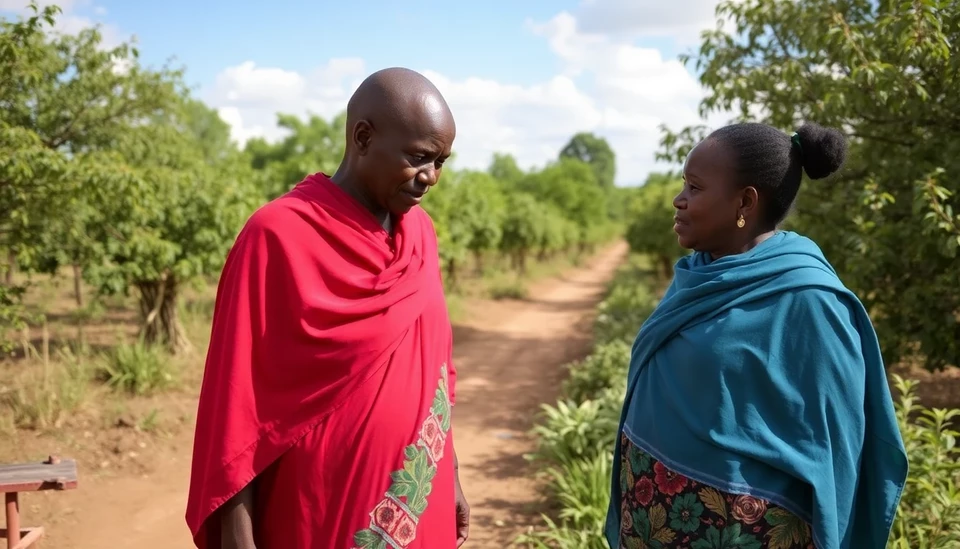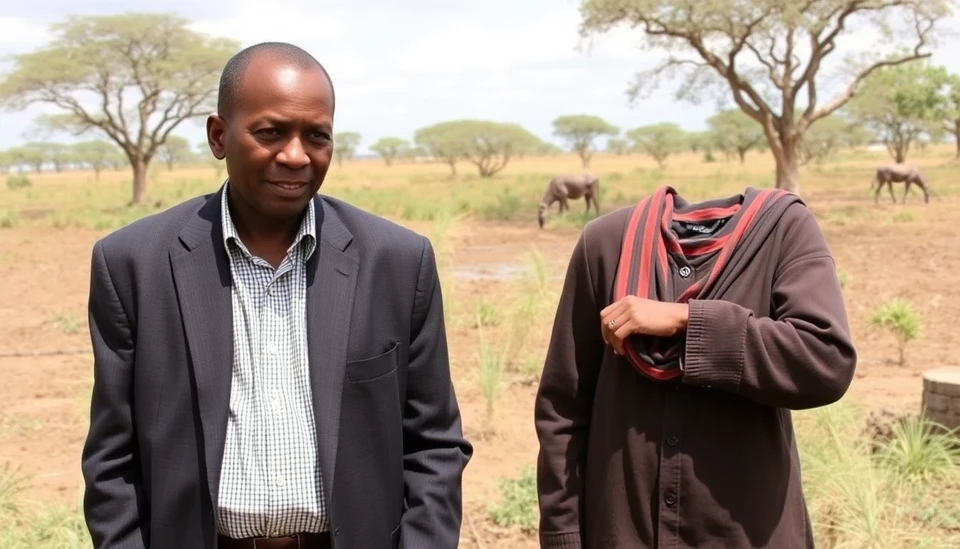
Amidst a backdrop of escalating financial distress and a staggering $21 billion debt burden, Zimbabwe is considering a groundbreaking debt-for-nature plan aimed at restructuring its financial obligations. This move is seen as a potential lifeline for the cash-strapped nation, which is grappling with both economic instability and pressing environmental challenges.
The idea behind the debt-for-nature swap is to leverage Zimbabwe’s rich biodiversity as a bargaining chip in discussions with international creditors. In exchange for a reduction in its debt, Zimbabwe would commit to enhancing conservation efforts, thereby promoting ecological sustainability while alleviating some of the financial pressure that has been crippling the nation.
This discussion comes at a critical time as Zimbabwe has defaulted on a significant portion of its debt over recent years, struggling under the weight of inflation, unemployment, and a sharp decline in vital sectors such as agriculture and mining. With international creditors growing increasingly concerned about the viability of Zimbabwe's economic recovery, the government is actively seeking feasible alternatives to restore fiscal health without sacrificing critical social services.
Zimbabwe's economy is particularly vulnerable to climate change, as the country relies heavily on agriculture which is sensitive to changing weather patterns. By adopting a debt-for-nature approach, the government aims to not only alleviate debt but also pivot towards more sustainable practices that could yield long-term benefits for both the economy and the environment.
Experts have underscored the importance of integrating environmental conservation into economic recovery strategies, suggesting that such initiatives could attract foreign investment and bolster tourism by highlighting Zimbabwe's unique natural assets. By protecting its ecosystems, Zimbabwe could potentially build a robust green economy, enhancing its resilience against future shocks.
While this novel approach has gained some traction, the road ahead is fraught with challenges. It will require delicate negotiations with creditors, as well as a transparent framework to ensure that the funds saved from debt relief are effectively directed towards environmental sustainability initiatives. Additionally, there are concerns regarding governance and the effective management of resources, which will be paramount in securing international confidence.
Zimbabwe is not alone in exploring debt-for-nature arrangements, as similar initiatives have been proposed in other nations facing heavy debt burdens and environmental crises. The global community is increasingly recognizing the interconnectedness of economic stability and environmental health, paving the way for innovative solutions that bridge the gap between these two critical areas.
As Zimbabwe deliberates on this strategy, all eyes will be on how the proposal unfolds and whether it can effectively transform the nation’s financial landscape while safeguarding its invaluable natural resources.
With the growing urgency of climate change and the undeniable impact of debt on economic performance, Zimbabwe's potential pivot towards a debt-for-nature agreement could set a significant precedent for other nations navigating similar dilemmas.
As the situation continues to evolve, stakeholders on all fronts—including creditors, environmentalists, and the Zimbabwean government—will need to collaborate to ensure beneficial outcomes for both the economy and the environment in the long run.
#Zimbabwe #DebtForNature #EnvironmentalSustainability #EconomicRecovery #ClimateChange #Biodiversity #InternationalRelations
Author: Peter Collins




